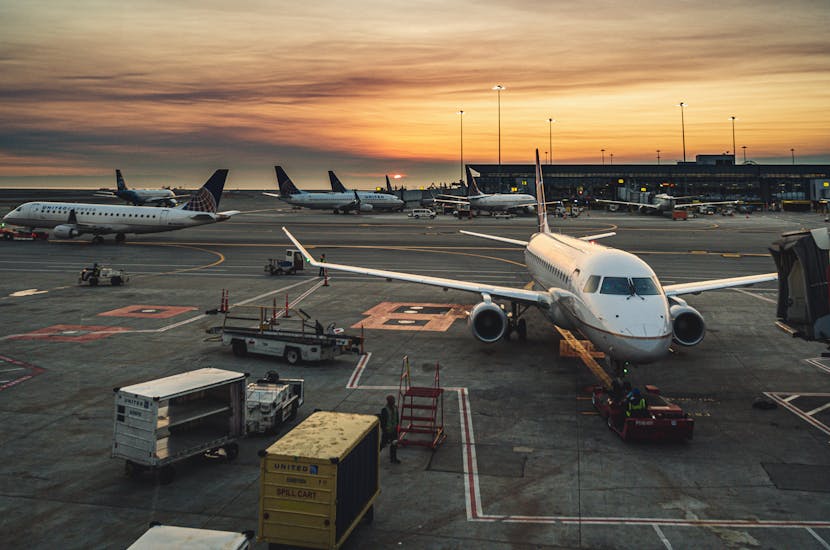The initial cost estimate for the Northrop Grumman B-21 Raider was set at $550 million per unit, but inflation and unforeseen economic factors are likely to push this figure higher. With inflation impacting weapons programs across the board, the Department of Defense has projected adjustments for inflation that will affect funding allocations for years to come ( Comptroller of Defense ). Defense One quotes John Venable, a senior defense fellow at The Heritage Foundation, as stating, “Increased economic pressures, along with rising materials costs, will likely drive each B-21 bomber’s price tag beyond its initial estimate.
” This outlook clearly signals that economic fluctuations will steadily increase the cost per B-21 unit as the procurement process continues, making it difficult to keep the program within its original budget. The true price remains undetermined, and while the Raider platform represents unprecedented capabilities, the question remains – at what cost? Research and Development (R&D) The B-21 Raider features next-generation technology, not limited to advanced stealth capabilities but extends to significant improvements of the sophisticated sensor arrays and secure communication systems that will be onboard. These innovations require ongoing research & development (R&D) to keep the B-21 bomber ahead of the technological curve in an ever-evolving global landscape.

Northrop Grumman designed the B-21 with modularity in mind to enable future upgrades with eas.
























